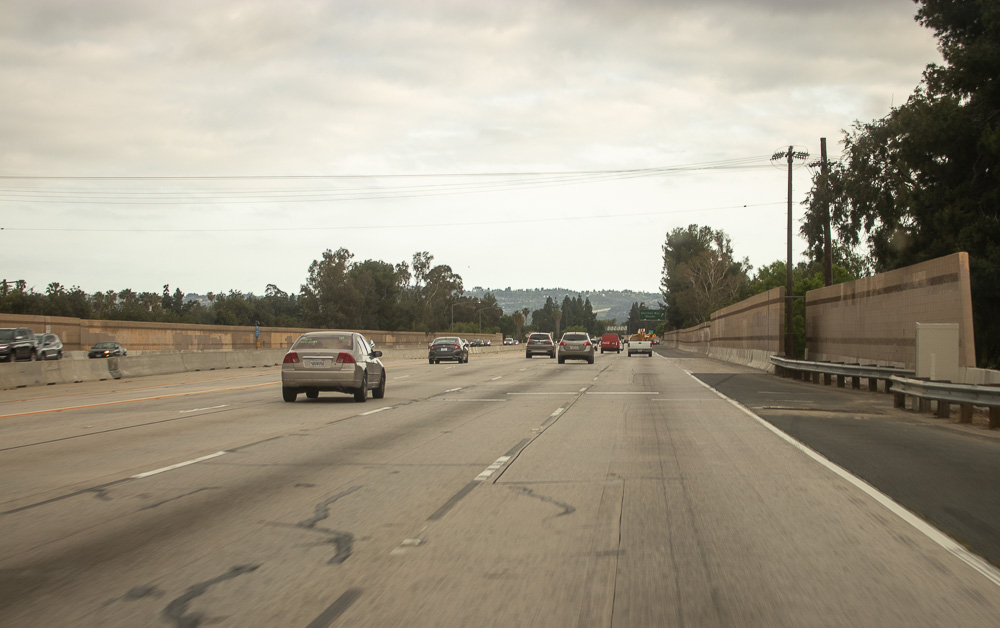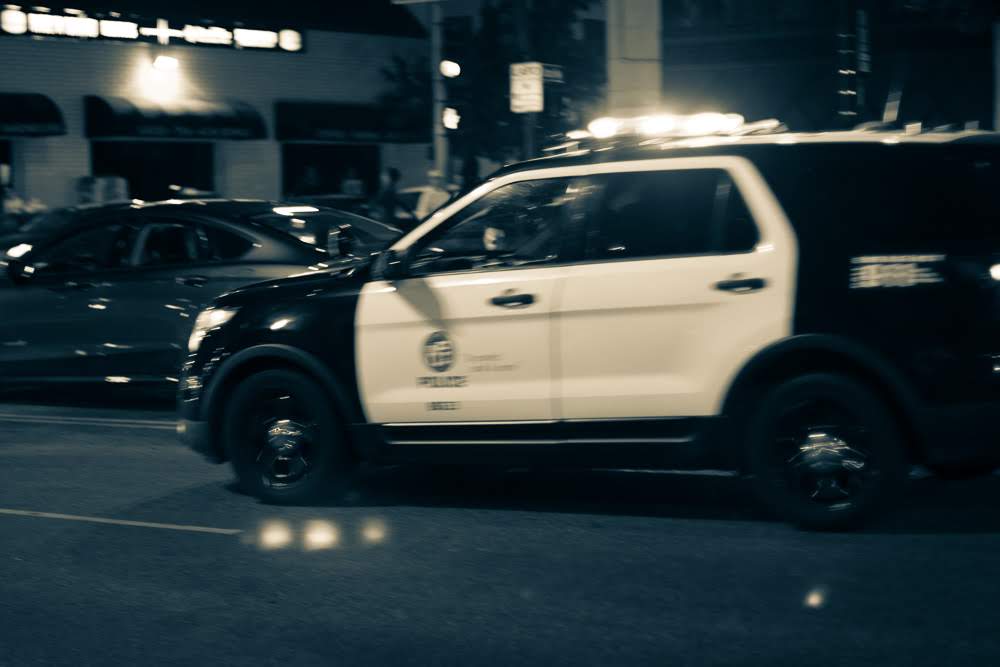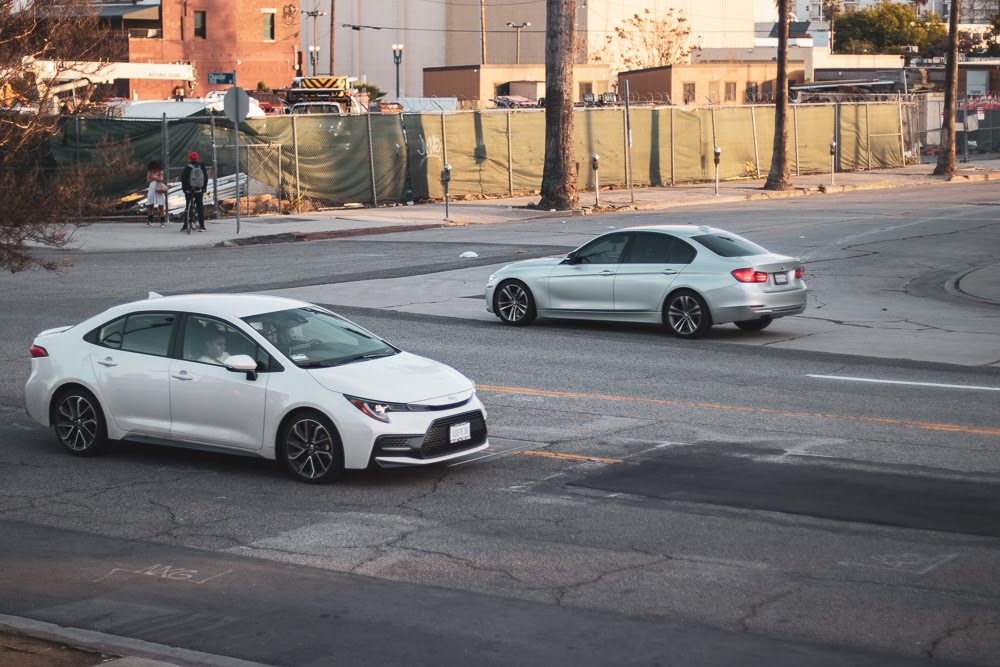Slips and falls can happen just about anywhere. When you slip and fall in a store, you may have a case for personal injury under a theory of premises liability. In a slip and fall case, the defendant might try to argue that it’s not responsible for your injury because you should have noticed the hazard. This defense is generally known as the “open and obvious” doctrine.
The Duty To Protect Against Unreasonable Harm
When you walk into a store or through its parking lot, the owner has a general legal obligation to protect you against the risk of unreasonable hazards. For example, a huge sinkhole in a parking lot is an unreasonable hazard that a building owner should take steps to block off.
This specific situation is an obvious example of an unreasonable hazard. Unfortunately, not every case is as clear-cut. This problematic reason is why courts tend to consider slip and fall cases on a case by case basis. The landowner’s duty of care with respect to people who venture onto their property can also change depending on the status of the person who enters the property.
Generally, there are three types of visitors to property:
- Invitees – An invitee is just what the name sounds like — someone who is expressly invited to enter the property. For example, a store with an “open for business” sign on its door issues an express invitation for people to come inside and shop. The shoppers are purchasing items from the property owner, which benefits the owner. Property owners owe invitees the highest duty of care when it comes to protecting them against hazards on the property.
- Licensees – Licensees are people with permission to enter someone else’s property, but they don’t give the property owner a benefit by doing so. Property owners owe licensees a duty of care, but they’re generally not under any obligation to remove hazards they don’t know about or that a reasonable person wouldn’t know about.
- Trespassers – A trespasser doesn’t have the property owner’s permission to be on the property. Property owners don’t have a duty of care to protect a trespasser from getting hurt, but the law doesn’t permit a property owner to set up any hazard with the intention of harming a trespasser.
There are also exceptions to the duty of care regarding trespassers when it comes to children. Specifically, property owners might be liable for injuries to children if they keep an “attractive nuisance” on their property.
For example, a farmer who stores old and rusted tractors on his property might be responsible for a child getting hurt by climbing on the tractors, even if the child was trespassing at the time of the injury. The reason is that children are sometimes drawn to explore potentially dangerous items.

What If A Hazard Is “Open & Obvious?”
In some slip and fall cases, a property owner might raise the defense that a hazardous condition on the property was open and obvious. Generally speaking, if the hazard was clearly a danger, and the average, reasonable person would have recognized it as such, the doctrine states that a property owner shouldn’t be under any obligation to remove or otherwise address the hazard.
Negligence Per Se
However, there can also be exceptions to the open and obvious defense. For example, some cases involve “negligence per se,” which involves a law designed to guard against public harm. In a negligence per se situation, the injured person doesn’t need to show that a reasonable person would have acted a certain way. Instead, the defendant is deemed negligent automatically. A common example of a negligence per se case in a slip and fall situation is a building code violation. For example, if the property owner was required to install handrails and failed to do so, the property owner is most likely negligent as a matter of law.
Distraction Exception
In other cases, the “distraction exception” can overcome an open and obvious defense. As the name indicates, a slip and fall victim may be able to argue that he or she was too distracted to notice an open and obvious hazard.
For example, in a case in Illinois, the state’s supreme court reversed a lower court decision in which a woman argued that she was too distracted by an eye clinic’s sign to notice a tree root in the sidewalk. The city, which defended the case, said the tree root was part of an old historical tree, and that the woman had walked past it several times before. As such, the city argued, the tree root was open and obvious to anyone walking by, and the woman couldn’t claim to have been too distracted to see it.
Contact A Slip & Fall Attorney Today
Considering this example, it’s easy to see how slip and fall cases can get very fact-specific. In many cases, the court’s decision turns on precise details. This distinction is why it’s important to work with an experienced Philadelphia slip and fall lawyer if you’ve been injured in this type of case.
If you’ve been injured in a slip or fall accident, contact the experienced attorneys at Spear Greenfield today to get started with your case.
Media Contact:
Philadelphia Slip and Fall Attorney Rand Spear
(T): 215-985-2424
Sources:
- https://definitions.uslegal.com/o/open-and-obvious-doctrine/
- https://pennstatelaw.psu.edu/_file/aglaw/Landowners_Liability_for_Land_Users.pdf
- https://www.law.cornell.edu/wex/negligence_per_se
- https://www.isba.org/sections/civilpractice/newsletter/2014/10/distractionexceptionexplainedvirgin
***ATTORNEY ADVERTISING***
Prior results cannot and do not guarantee or predict a similar outcome with respect to any future case. Recoveries always depend upon the facts and circumstances of each case, the injuries suffered, damages incurred, and the responsibility of those involved. This article is not to be considered advise, only the execution of the contingency agreement with this law firm will constitute an attorney-client relationship. The contents of this article are for general information only. If you would like to pursue a claim, please contact an attorney immediately to discuss your specific facts and circumstances regarding your claim. Some cases accepted by this law firm may be referred to or worked on by other lawyers, depending on the area of practice and specifics of a particular case.
Call or text (215) 985-2424 or complete a Free Case Evaluation form











